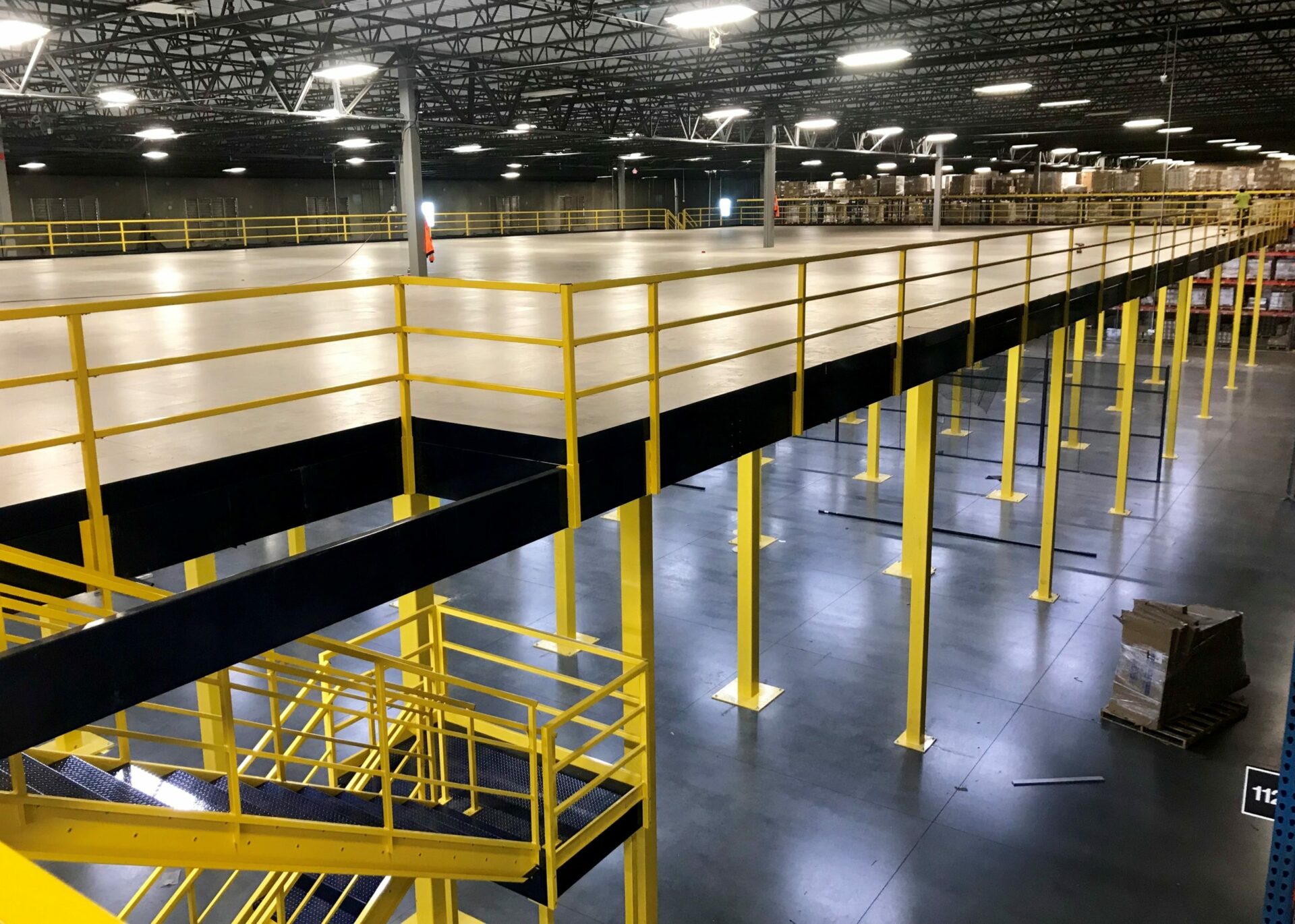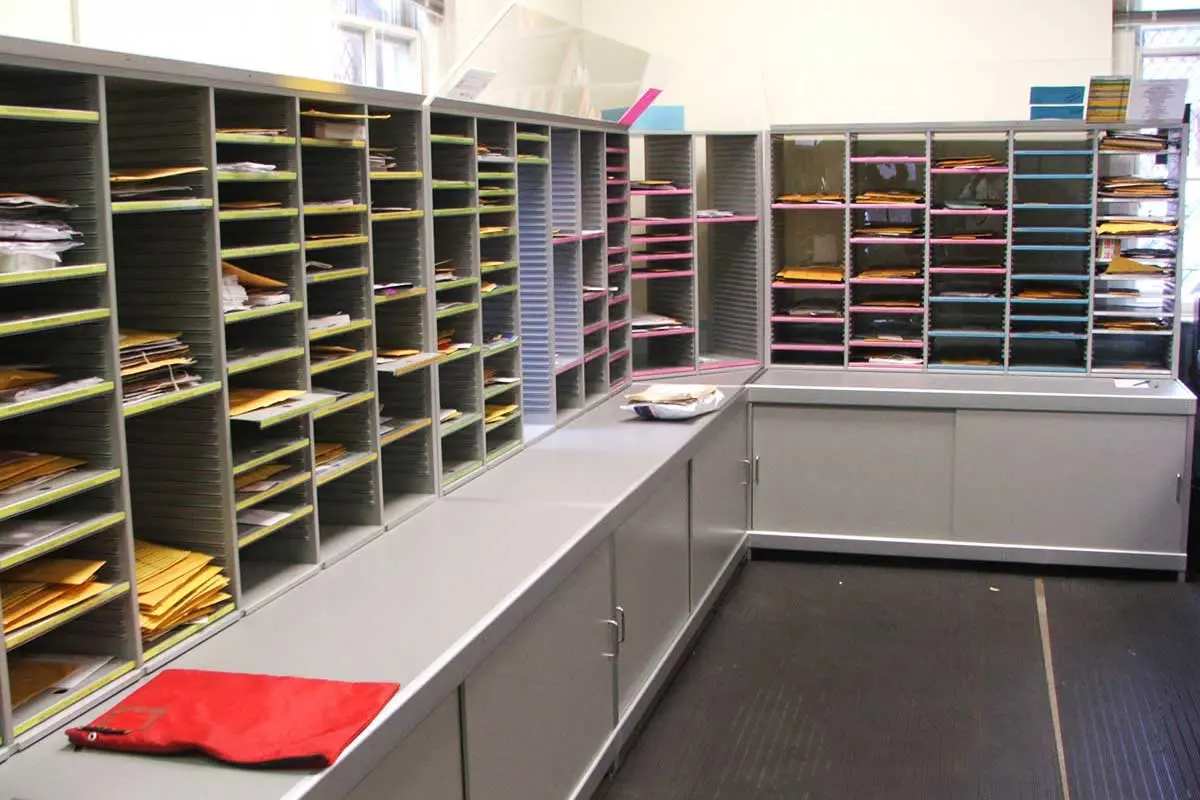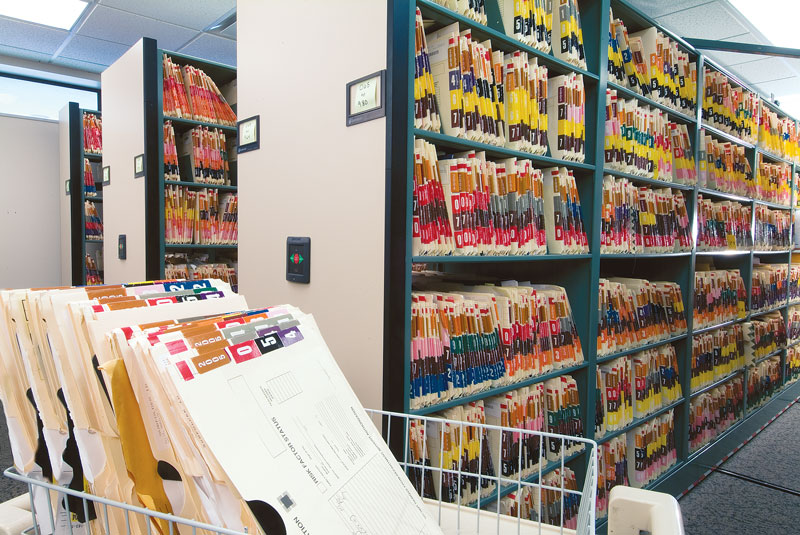
First responders, also known as emergency personnel, these brave men and women are on the front lines, risking their lives to save others. In emergency situations, time is of the essence, and quick access to critical equipment can make all the difference. encompass a range of professionals who are trained to handle crisis situations.
Firefighters, for example, are responsible for combating fires and rescuing individuals in danger. They undergo rigorous training to handle various emergency scenarios, including medical emergencies. Similarly, paramedics provide advanced life support in medical emergencies, often working closely with other first responders to ensure coordinated care. Other emergency personnel, such as law enforcement and public health officials, also play vital roles in emergency management.
The Need for Quick Access to Critical Equipment
In emergency situations, quick access to critical equipment is essential to save lives and mitigate further damage. Efficiency in emergency response relies on streamlined processes and quick decision-making, which, in turn, depend on the immediate availability of necessary equipment. Traditional equipment storage methods can pose challenges, such as limited visibility and accessibility, potentially impeding response times for first responders. Smart lockers offer a solution by providing quick access to critical equipment, improving response time, and enhancing overall emergency management efficiency.
- Firefighters are essential first responders, tasked with protecting lives and property during fires and other emergencies. Their duties extend beyond firefighting to include medical emergencies, hazardous materials incidents, and natural disasters. Firefighters are often equipped with critical equipment, such as heavy tools, breathing apparatus, and protective gear, to effectively respond to emergencies. Quick access to this equipment is crucial for their safety and the timely management of emergencies. Smart lockers can streamline the storage and retrieval process, ensuring that firefighters have immediate access to the tools they need to save lives.
- Paramedics, another crucial group of first responders, provide emergency medical services, including advanced life support, at the scene of emergencies. They are trained to assess, stabilize, and treat individuals experiencing medical emergencies. Whether responding to cardiac arrests, trauma cases, or other life-threatening situations, paramedics’ quick response can significantly impact patient outcomes. Smart lockers enable paramedics to store and access vital medical supplies, such as medications, medical equipment, and specialized tools, efficiently. By having immediate access to these resources, paramedics can provide time-sensitive care, ultimately improving the chances of survival and recovery for patients.
- While firefighters and paramedics are crucial first responders, other emergency personnel also play vital roles in ensuring public safety. Law enforcement officers maintain law and order during emergencies, directing traffic, securing the scene, and assisting with evacuations. Public health officials, especially in times of disease outbreaks or pandemics, contribute their expertise in disease control and emergency management. These emergency personnel, in collaboration with other first responders, work together to provide comprehensive emergency response and ensure public safety. Smart lockers can support the storage needs of various emergency personnel, providing quick access to their equipment and resources, enhancing overall response capabilities.
Efficiency is paramount in emergency situations, where every second counts. Streamlined processes, quick decision-making, and timely access to equipment all contribute to effective emergency response. Efficient emergency management ensures that first responders can swiftly address the situation, minimizing harm and maximizing safety. Smart lockers play a crucial role in enhancing efficiency by providing quick access to critical equipment. Improved response time allows first responders to act promptly, potentially saving lives and reducing the impact of emergencies on individuals and communities. By streamlining access to necessary tools and resources, smart lockers support efficient emergency response and management.
Challenges in Traditional Equipment Storage
Traditional equipment storage methods can present challenges for first responders, particularly in time-sensitive emergency situations. Limited accessibility and visibility of equipment can hinder response times, delaying essential actions. Searching for equipment or struggling to access it promptly can impede first responders’ ability to effectively manage emergencies. Smart lockers offer a solution to these challenges by providing organized, visible, and easily accessible storage options. By ensuring quick access to critical equipment, smart lockers optimize emergency response procedures, improving the overall effectiveness and safety of emergency personnel.
What Are Smart Lockers?
As technology continues to advance, smart lockers have emerged as innovative solutions for quick access to critical equipment. These lockers incorporate advanced technology and customizable configurations to meet the unique needs of first responders. Smart lockers utilize various features, including biometric authentication, real-time monitoring, and cloud-based management, to ensure secure and efficient storage and access to equipment. The emergence of smart lockers represents a significant shift in traditional equipment management, offering first responders a modernized solution that enhances their operational efficiency and response capabilities.
Smart lockers are advanced storage systems equipped with technology for secure and efficient equipment storage. These lockers utilize electronic mechanisms, such as RFID or biometric authentication, to control access and monitor usage. Smart lockers can be customized to accommodate various emergency equipment, ensuring quick and organized access for emergency personnel. By providing a seamless storage experience, smart lockers optimize equipment management, enhancing the overall efficiency of first responders. Whether storing heavy tools, medical supplies, or personal belongings, smart lockers offer a secure and customizable solution for emergency personnel, improving response time and safety.
Smart lockers introduce several innovative aspects that transform traditional equipment storage practices. With advanced features like biometric authentication, smart lockers ensure secure access, preventing unauthorized use and enhancing equipment safety. Real-time monitoring capabilities provide valuable insights, allowing resource tracking and efficient inventory management. Customizable solutions cater to the unique requirements of emergency personnel, accommodating diverse equipment needs and workflows. The integration of cloud-based management systems enables remote access and control, enhancing convenience and flexibility for emergency responders. Overall, the innovation of smart lockers revolutionizes equipment storage for first responders, offering efficient, customizable, and technology-driven solutions.
Benefits of Smart Lockers for First Responders
Smart lockers provide numerous benefits for first responders, significantly improving their operational efficiency and emergency response capabilities. Quick access to critical equipment is paramount in emergency situations, and smart lockers facilitate immediate retrieval, reducing response time. By streamlining access to necessary tools, smart lockers enhance first responders’ preparedness, ensuring they have the resources they need when an emergency strikes. Additionally, smart lockers improve the visibility and organization of stored items, reducing time spent searching for equipment. The customizable nature of smart lockers allows for tailored solutions, accommodating the specific needs of first responders, ultimately enhancing their overall safety, effectiveness, and response time.
- Instant Accessibility to Critical Equipment: smart lockers offer first responders instant accessibility to critical equipment, enabling them to respond swiftly and effectively in emergency situations. When every second counts, quick access to heavy tools, medical supplies, and specialized equipment is crucial. Smart lockers ensure that first responders can retrieve the necessary items promptly, optimizing their emergency response time. By eliminating time-consuming searches for equipment, smart lockers contribute to efficient emergency management, potentially saving lives and mitigating further damage. The width of smart lockers allows for the storage of various critical equipment, ensuring emergency personnel have the tools they need at their fingertips. With customizable solutions, smart lockers address the unique requirements of different first responder departments, enhancing overall emergency response capabilities.
- Enhancing Efficiency of Emergency Personnel: smart lockers play a pivotal role in enhancing the efficiency of emergency personnel, optimizing their response time, and overall emergency management. By providing quick access to critical tools and equipment, smart lockers streamline emergency response, allowing first responders to act promptly and effectively. Smart lockers support emergency medical care, enabling medical responders, such as paramedics, to retrieve life-saving medical supplies swiftly. By reducing time spent on equipment retrieval and ensuring quick access, smart lockers contribute to more efficient emergency response, potentially saving lives and minimizing the impact of emergencies on individuals and communities. These advanced storage solutions alleviate the burden on emergency personnel, enhancing their operational efficiency and occupational safety.
How Smart Lockers Work
Smart lockers utilize advanced technology to provide secure and efficient equipment storage for first responders. The technology behind smart lockers includes electronic access control systems, such as biometrics, RFID, or digital keypad systems, ensuring secure access and preventing unauthorized use. Real-time monitoring and tracking capabilities enable efficient management of locker usage, inventory, and equipment maintenance. By leveraging these technological features, smart lockers support quick and hassle-free equipment storage and retrieval, optimizing the operational efficiency of first responders. Smart lockers represent an innovative solution for equipment management, enhancing emergency response capabilities and improving overall efficiency.
Smart lockers are powered by advanced technology, revolutionizing equipment storage and access for first responders. Their state-of-the-art security features, such as biometric authentication and electronic access control systems, ensure secure and controlled access to equipment. Real-time monitoring systems track locker usage, enabling efficient inventory management and maintenance. Cloud-based management platforms provide remote access and control, enhancing convenience and flexibility. Smart lockers leverage these technologies to support quick and efficient emergency response, improving the overall efficiency of first responders. By incorporating cutting-edge technological advancements, smart lockers optimize the management of critical equipment, streamlining emergency response procedures, and ultimately saving lives.
The Process of Storing and Retrieving Equipment
Smart lockers simplify the process of storing and retrieving equipment for first responders, ensuring quick access during emergency situations. First responders can rapidly store their equipment in smart lockers, utilizing customizable configurations to efficiently organize essential tools. When the need arises, retrieving equipment becomes hassle-free, thanks to the smart locker system’s intuitive design. By minimizing the time spent searching for equipment, smart lockers optimize response time, allowing first responders to focus on the emergency at hand. Quick and easy access to critical equipment is fundamental to effective emergency response, making smart lockers an invaluable asset for first responders.
Case Studies of Smart Lockers in Action
Real-life case studies demonstrate the efficacy of smart lockers in supporting first responders during emergency situations. Smart lockers have been successfully implemented in various settings, including fire departments, medical response teams, and law enforcement agencies. Firefighters, in particular, benefit from smart lockers’ quick access to specialized gear, enhancing their readiness and response capabilities. Paramedics also rely on smart lockers to store and access life-saving medical equipment promptly. Other emergency personnel, such as law enforcement and public health officials, have found smart lockers to be valuable assets in emergency response efforts. These case studies confirm the practicality and benefits of smart lockers for first responders, supporting efficient emergency management.
- Smart Lockers for Firefighters offer specific benefits for firefighters, enhancing their emergency response capabilities and equipment access. Firefighters require rapid access to specialized gear, such as heavy tools, breathing apparatus, protective clothing, and personal belongings, to effectively combat fires and rescue individuals in danger. Smart lockers provide secure storage solutions for such equipment, ensuring quick access when every second counts. By streamlining equipment retrieval, smart lockers optimize response time, enabling firefighters to act promptly in critical situations. Smart lockers are customizable, allowing fire departments to tailor locker configurations to their specific needs, ultimately enhancing operational efficiency and safety for firefighters.
- Smart Lockers for Paramedics are invaluable tools for paramedics, ensuring prompt access to life-saving medical equipment and supplies. Paramedics require swift access to medications, medical devices, first aid kits, and other critical supplies to provide emergency medical care. Smart lockers offer customizable solutions, accommodating the specific equipment needs of paramedic teams. By optimizing the organization and accessibility of medical equipment, smart lockers streamline emergency medical response, potentially saving lives. Quick access to essential supplies, facilitated by smart lockers, enhances paramedics’ efficiency, allowing them to focus on delivering time-sensitive care in emergency situations. Deploying smart lockers benefits paramedic teams by accelerating response times, improving patient care, and optimizing medical resource management.
- Smart Lockers for Other Emergency Personnel, providing quick access to necessary equipment and resources. Law enforcement officers, public health officials, and other emergency responders require efficient equipment storage solutions to support their critical roles. Smart lockers offer customizable options, accommodating different emergency response requirements. By providing quick access to equipment, smart lockers streamline emergency response, enabling law enforcement, public health, and other emergency personnel to act swiftly and effectively. The customizable features of smart lockers ensure that each department’s specific needs, equipment, and workflows are addressed, enhancing overall emergency management and public safety.
Implementing Smart Lockers in Your Department
Implementing smart lockers in emergency departments can significantly enhance operational efficiency and equipment management. Several key steps should be considered when integrating smart lockers into existing emergency response infrastructure. First, departments must plan the layout to optimize access and efficiency. Training personnel on smart locker usage is essential, ensuring smooth adoption and maximizing benefits. Regular maintenance is crucial to keeping smart lockers functional and reliable. Visibility of locker contents should be prioritized, improving equipment management and quick access. Finally, customizing locker access based on roles and responsibilities helps create a more efficient and secure emergency response environment.
Key Steps to Consider
Implementing smart lockers in an emergency department requires careful consideration and planning. The following key steps should be taken to ensure successful integration:
- Plan the layout: Design the smart locker layout to optimize access and efficiency, considering the specific equipment needs and workflows of emergency responders.
- Train personnel: Provide comprehensive training to emergency personnel on how to use the smart lockers effectively, ensuring ease of use and maximum benefits.
- Regular Maintenance: Implement a maintenance schedule to ensure the smart lockers are functional and reliable, minimizing downtime and equipment retrieval delays.
- Ensure visibility: Optimize the visibility of locker contents, facilitating quick identification and access to critical equipment during emergencies.
- Customize locker access: Tailor access control based on roles and responsibilities, ensuring authorized personnel can access the appropriate equipment efficiently.
Potential Challenges and Solutions
In dealing with potential challenges and solutions, it’s crucial to swiftly tackle locker malfunctions, enforce stringent security protocols, strategically position lockers to combat space limitations, efficiently arrange contents for optimal use, and fortify security measures for safeguarding vital equipment. By proactively addressing these issues, departments can ensure seamless operations and enhance overall safety for first responders.
Frequently Asked Questions
Smart lockers are reshaping how first responders access equipment, bringing efficiency during emergencies. These high-tech solutions streamline gear management, ensuring quick tool retrieval for swift response times. Discover how smart lockers enhance the accessibility and organization of critical resources for first responders.
Smart lockers, equipped with advanced technology for access control, offer secure storage for first responders. Biometric authentication, RFID, or digital keypads enable quick equipment retrieval during emergencies. These lockers track usage, manage inventory efficiently, and provide valuable data analytics for resource optimization.
Smart lockers play a crucial role in enhancing response times during emergencies. By offering swift and secure access to essential gear, they enable first responders to quickly retrieve needed items, reducing search time. Equipped with advanced technology like RFID or biometrics, smart lockers ensure rapid access to critical resources, boosting effectiveness.
Smart lockers offer secure equipment storage, facilitating quick access for first responders. Integration with inventory systems tracks equipment usage. They streamline check-in/out processes, saving time in emergencies. Security features like biometric access ensure only authorized personnel can use them.
Security considerations with smart lockers encompass the risk of unauthorized entry and potential cyber breaches. Vigilance against hacking is crucial, with regular updates and robust encryption as safeguards. Opting for reputable manufacturers enhances data protection efficacy.




